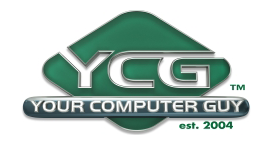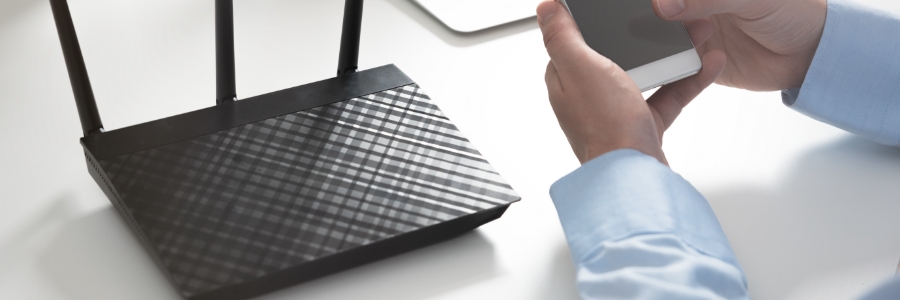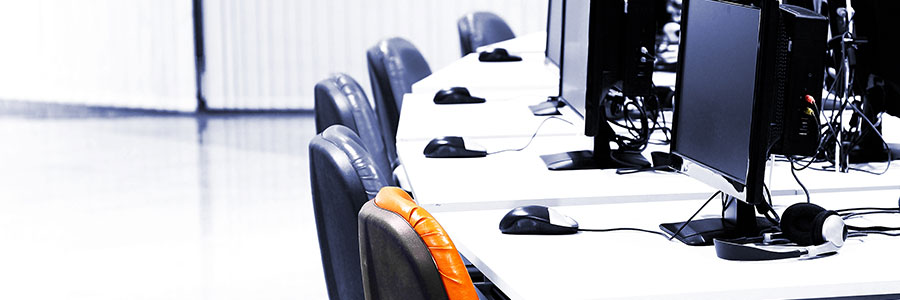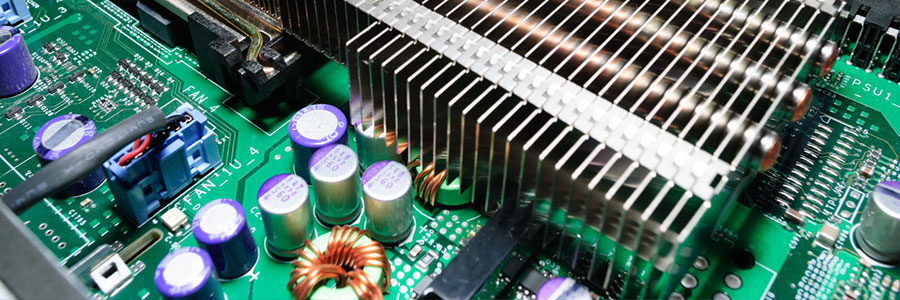If you're in the market for a Wi-Fi router, then you've probably asked yourself, "What do I need a new router for?" or "What features should I look for in a router?" In this blog post, we'll help you answer those questions and others you may have when it comes to choosing the right Wi-Fi router for your needs.
Your Computer Guy, Inc.
Providing Just The Right Amount of IT®
Royal Palm Beach, FL 33411
United States
Finding the best work from home laptop
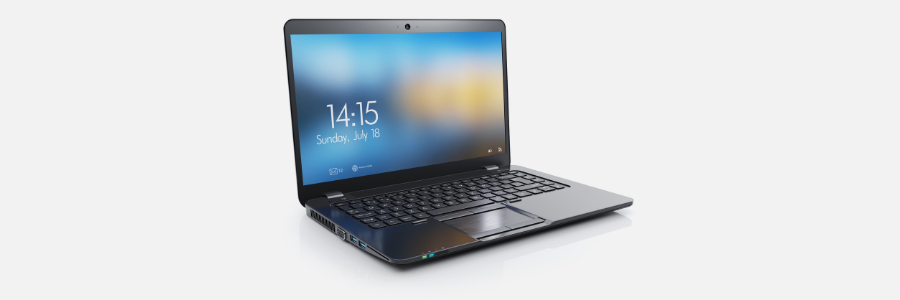
Whether you’re performing some light web browsing or doing graphics-intensive tasks, you’ll need a suitable laptop that can support your work from home requirements. When working remotely, your laptop is often your most important tool. It's the foundation of the work you take on and should match your individual and professional needs.
Choosing between laptops and desktops for your small business

Small businesses like yours often work on a limited budget. This means you have to carefully consider every purchase you make to get the most bang for your buck. When it comes to computers, for instance, you need to choose between laptops and desktops, and decide which is the better option for your business.
Cutting IT hardware costs with thin and zero clients
Try this tip to improve your home Wi-Fi
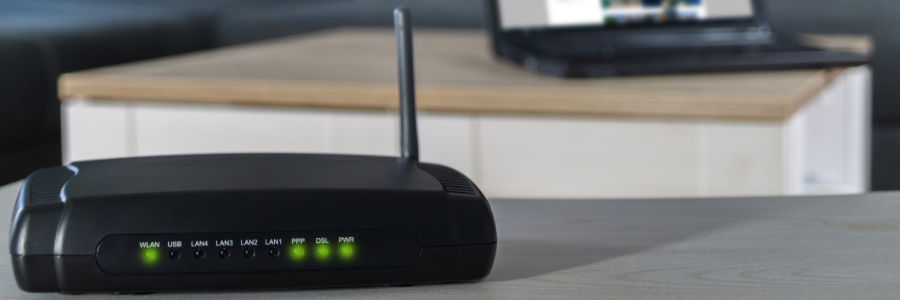
Home Wi-Fi connections are slower and less reliable than enterprise-grade ones. But now that more people have shifted to remote work, having a fast and stable wireless connection has become even more essential. To ensure you don't suffer dropped Wi-Fi signals while you're video conferencing or finishing up a report, invest in wireless repeaters and additional access points.
Rectify these 5 Wi-Fi issues with ease
The many benefits of a dual monitor system to SMBs
A brief guide on how to pick a computer mouse

You might be looking to upgrade your mouse either because yours is old, incompatible with your PC, or simply because it’s broken. While a trackpad is fine and useful, it doesn’t compare to the convenience of using a mouse. If you’re replacing an old mouse, it’s well worth buying a new one that will suit your needs and last for years.
Are your company mobile devices protected?

Mobile devices are indispensable. Smartphones, tablets, and other mobile gadgets play a big part in everyday processes, especially for individuals and companies that value connection and convenience. But as the number of mobile devices used in business operations increases, so do the cyberthreats that target them.

